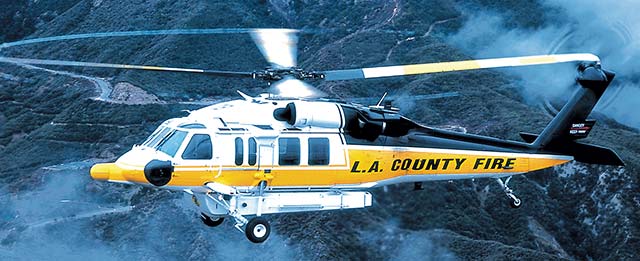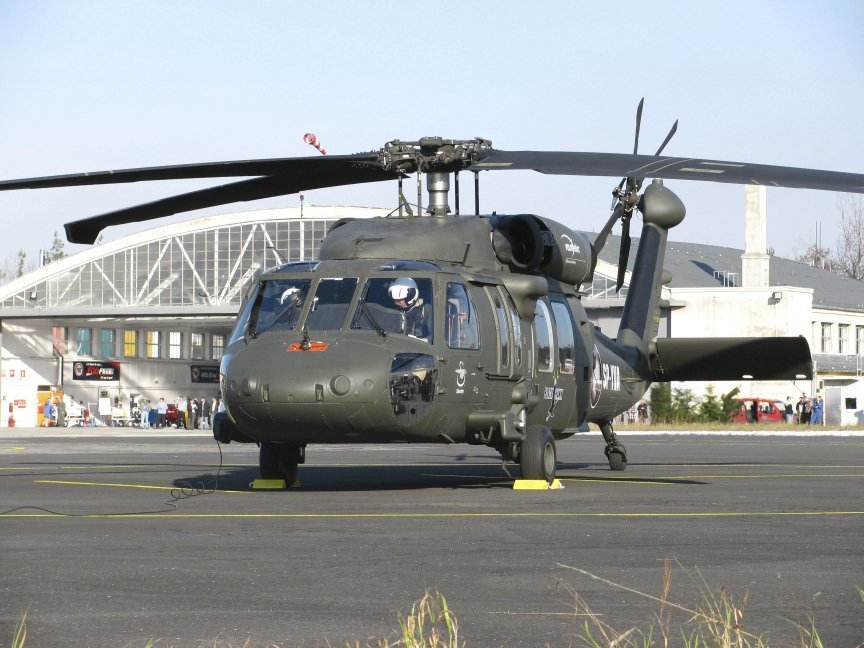A Look at the Sikorsky S 70's Role in Military and Civil Aviation
A Look at the Sikorsky S 70's Role in Military and Civil Aviation
Blog Article
High-Performance Multi-Role Rotorcraft Featuring Advanced Cabin Technologies and Integrated Sensor Systems
The world of rotorcraft innovation has actually seen notable advancements in recent times, particularly in the world of high-performance multi-role rotorcraft equipped with cutting-edge cockpit modern technologies and perfectly incorporated sensor systems. These developments have not just boosted the operational capabilities of rotorcraft but have actually also considerably impacted modern aviation operations on numerous fronts. From improved mission versatility to improved functional efficiency, the convergence of sophisticated cockpit modern technologies and incorporated sensing unit systems has actually introduced a new period of opportunities for rotorcraft applications. In the adhering to discussion, we will certainly discover the evolution of rotorcraft modern technology, dig right into the world of innovative cabin developments, and take a look at the implications of integrated sensing unit systems on the operational versatility and performance of modern rotorcraft.
Development of Rotorcraft Innovation
The evolution of rotorcraft modern technology has been marked by considerable innovations in aerodynamics, products, and propulsion systems, shaping the capacities and performance of contemporary rotorcraft. Wind resistant renovations have boosted the performance and maneuverability of rotorcraft, enabling for enhanced speed, dexterity, and security during trip (sikorsky s 70). Advancements in materials, such as making use of composite materials and progressed alloys, have resulted in lighter yet more powerful rotorcraft frameworks, improving total efficiency and longevity. Furthermore, advancements in propulsion systems, including more powerful engines and innovative propulsion innovations, have allowed rotorcraft to achieve greater elevations, faster speeds, and greater hauls.
These innovations have not only transformed the capabilities of rotorcraft but have actually likewise broadened their applications throughout various industries, consisting of military, industrial, and emergency situation services. The continual development of rotorcraft technology continues to drive advancement in the field, pressing the borders of what is feasible and forming the future of upright trip.
Advanced Cabin Innovations
Building upon the fundamental improvements in the rules of aerodynamics, products, and propulsion systems, the world of rotorcraft innovation now moves emphasis in the direction of pioneering Advanced Cabin Innovations. The assimilation of innovative technologies within the cabin setting plays an important duty in boosting the operational capacities, security, and efficiency of modern-day rotorcraft. sikorsky s 70. Advanced Cabin Innovations include a vast range of attributes created to give pilots with improved situational awareness, structured data administration, and user-friendly control interfaces
Among the essential developments in cockpit style is the execution of glass cockpits, which change traditional analog evaluates with high-resolution display screens. These electronic systems use personalized formats, real-time data combination, and improved readability, enabling pilots to access critical info at a glimpse. In addition, progressed avionics systems, such as fly-by-wire controls and enhanced fact display screens, are revolutionizing exactly how pilots engage with the aircraft, enabling specific control and improved decision-making abilities.


Including advanced cockpit advancements not only improves pilot performance but likewise adds to total objective performance and security in complicated operational environments. By leveraging cutting edge modern technologies within the cabin, rotorcraft manufacturers are establishing brand-new requirements for functional excellence and objective success.
Integrated Sensor Equipments
With the evolution of rotorcraft innovation, the integration of advanced Integrated Sensing unit Equipment has actually become critical in enhancing operational efficiency and safety and security. These Integrated Sensor Systems include a large range of innovations that provide crucial data for numerous functions such as navigation, surveillance, targeting, and environmental tracking. By flawlessly incorporating sensing units like radars, video cameras, lidar, and infrared systems into rotorcraft, operators can gain from enhanced situational understanding, improved goal capacities, and reduced pilot workload.
One secret benefit of Integrated Sensing unit Solutions is their capacity to gather real-time information and give actionable understandings to pilots and goal drivers. As an example, advanced radar systems can spot read this post here and track targets over fars away, enabling very early hazard discovery and effective response preparation. Furthermore, incorporating electro-optical and infrared cams allows rotorcraft to conduct reconnaissance and monitoring objectives with precision and accuracy.
Basically, the combination of advanced sensing unit technologies into rotorcraft not just enhances operational performance however likewise adds considerably to general goal success and staff security. As rotorcraft continue to develop, the function of Integrated Sensor Equipment will unquestionably stay at the center of technology in the aerospace industry.
Operational Adaptability and Effectiveness
Enhancing functional flexibility and effectiveness in rotorcraft is a natural progression from the assimilation of advanced Integrated Sensor Solutions. By leveraging the data and insights provided by these cutting-edge sensing unit systems, rotorcraft can maximize their efficiency throughout numerous goals and settings.
Operational versatility encompasses the ability of rotorcraft to adjust to different duties and situations efficiently. With sophisticated cabin modern technologies and incorporated sensing unit systems, rotorcraft can flawlessly transition between jobs such as search and rescue, medical discharge, security, and a lot more. This versatility improves the rotorcraft's capacity to meet diverse operational demands without calling for considerable reconfiguration.
Efficiency her response in rotorcraft procedures is crucial for making the most of mission performance and source utilization. Integrated sensing unit systems play a pivotal function in improving operational effectiveness by providing real-time data on weather, surface mapping, target tracking, and a lot more. This data allows pilots to make enlightened decisions quickly, maximize trip courses, preserve fuel, and improve general objective efficiency.
Impact on Modern Aeronautics Operations

In addition, the combination of advanced sensing units facilitates improved objective planning and implementation, enabling rotorcraft to do a variety of jobs with boosted accuracy. From search and rescue operations to airborne firefighting and police objectives, the capabilities of modern rotorcraft outfitted with innovative cabin modern technologies and integrated sensor systems are unparalleled.
Moreover, the impact of these developments prolongs beyond functional efficiency to cost-effectiveness and sustainability. By enhancing flight routes, fuel usage, and maintenance routines, high-performance rotorcraft outfitted with innovative cabin innovations and sensors contribute to minimizing operational costs and ecological effect, making them vital possessions in modern aeronautics procedures.
Verdict
Finally, the high-performance multi-role rotorcraft with innovative cockpit innovations and integrated sensor systems represents a substantial advancement in air travel innovation. These technologies enhance functional flexibility and performance, eventually impacting modern aeronautics operations in a positive way. The assimilation of these sophisticated technologies enables boosted abilities and efficiency in numerous mission circumstances, showcasing the proceeded innovation of rotorcraft innovation in the aviation sector.
The realm of rotorcraft technology has seen noteworthy developments in recent times, specifically in the realm of high-performance multi-role rotorcraft outfitted with cutting-edge cockpit innovations and effortlessly incorporated sensing unit systems. From boosted mission flexibility to improved operational performance, the convergence of innovative cockpit technologies and incorporated sensing unit systems has ushered in a brand-new era of opportunities for rotorcraft applications. In the following conversation, we will explore the development of rotorcraft technology, delve right into the world of advanced cockpit innovations, and check out the effects of incorporated sensor systems on the operational adaptability and performance of contemporary rotorcraft.

Report this page